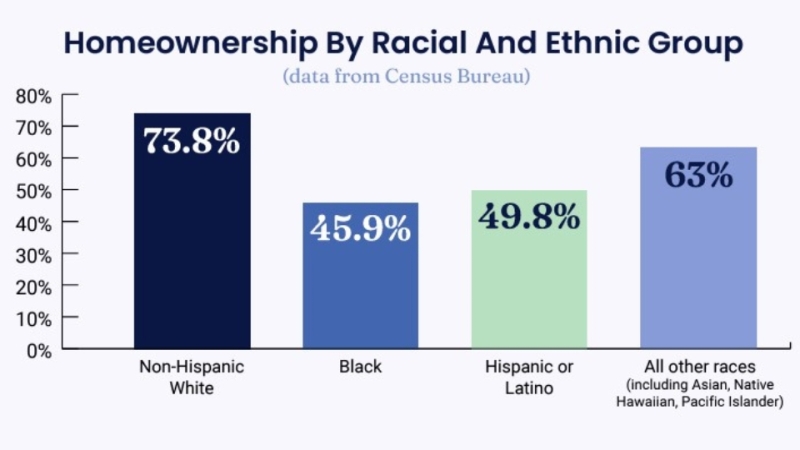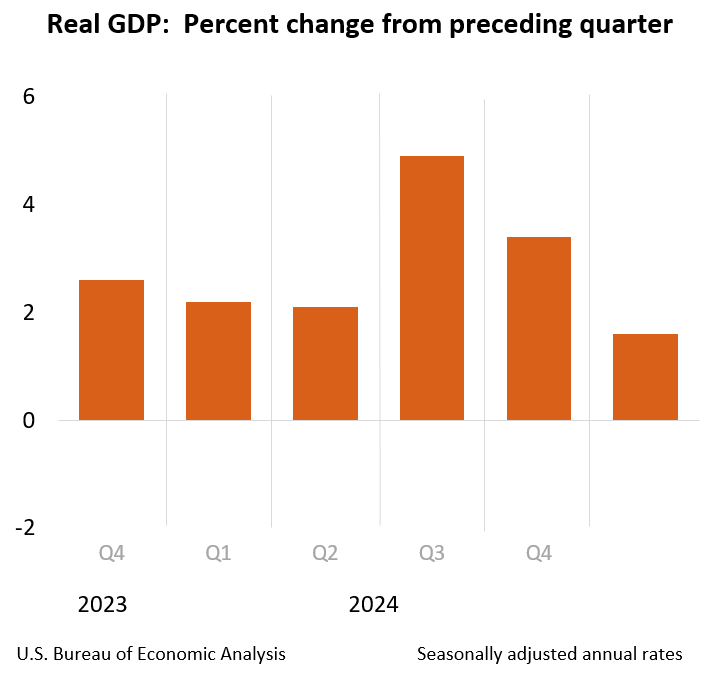Advertisement
July's National Credit Default Rates Remain at Historic Lows
Data through July 2014, released by S&P Dow Jones Indices and Experian for the S&P/Experian Consumer Credit Default Indices, a comprehensive measure of changes in consumer credit defaults, showed a slight decline in default rates. The national composite posted 1.01 percent in July, down one basis point from last month. The composite’s default rate remains the lowest in over 10 years of history. After nine consecutive months of declines, the first mortgage default rate fell to 0.88 percent. Auto saw its rate remain unchanged at 0.96 percent and is only four basis points above its historical low. The bank card rate declined 16 basis points to 2.86 percent.
“Consumer credit default rates dipped slightly below last month’s rate,” said David M. Blitzer, managing director and chairman of the Index Committee for S&P Dow Jones Indices. “At just above one percent, default rates remain at historical lows. Mortgage default rates have been trending down while Auto and Bank Card are a bit higher than their historical lows set in April and March. Driven by mortgages, household debt decreased in the second quarter of 2014. Non-housing debt rose slightly in the second quarter. In the latest Federal Reserve survey of lending standards, a small portion of banks reported some easing of standards while most banks reported no change.
“Los Angeles dropped to its lowest default rate of 0.66 percent. Dallas saw its default rate decline by seven basis points and is only a few basis points away from its historical low set in May 2014. Chicago and Miami are at their lowest default rates since 2006. Miami continues to maintain the highest default rate of 1.51 percent while Los Angeles posted the lowest default rate of 0.66 percent. All five cities—Chicago, Dallas, Los Angeles, Miami and New York—remain below default rates seen a year ago.”
About the author





